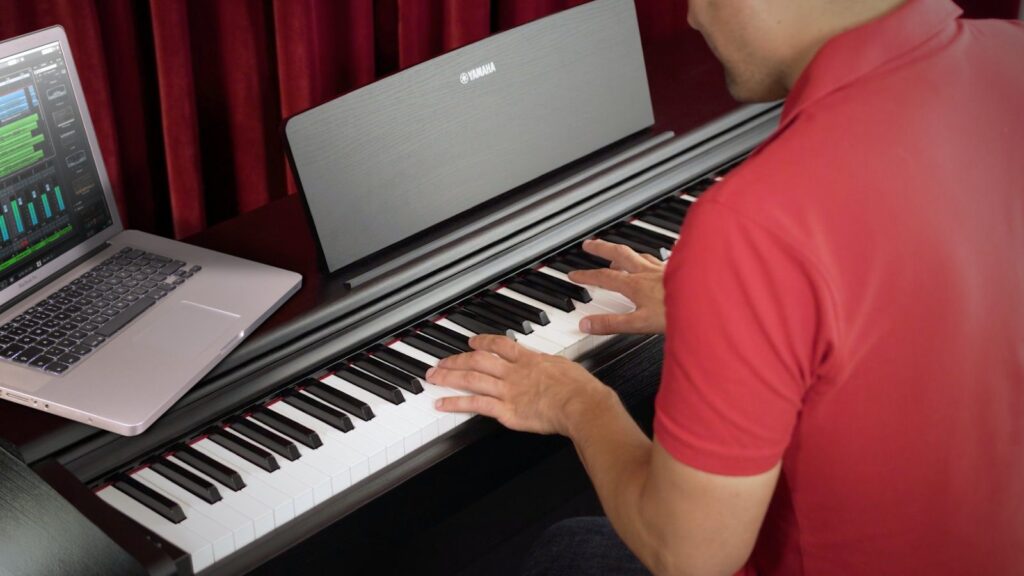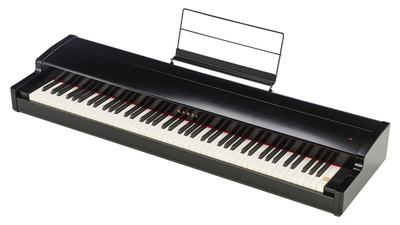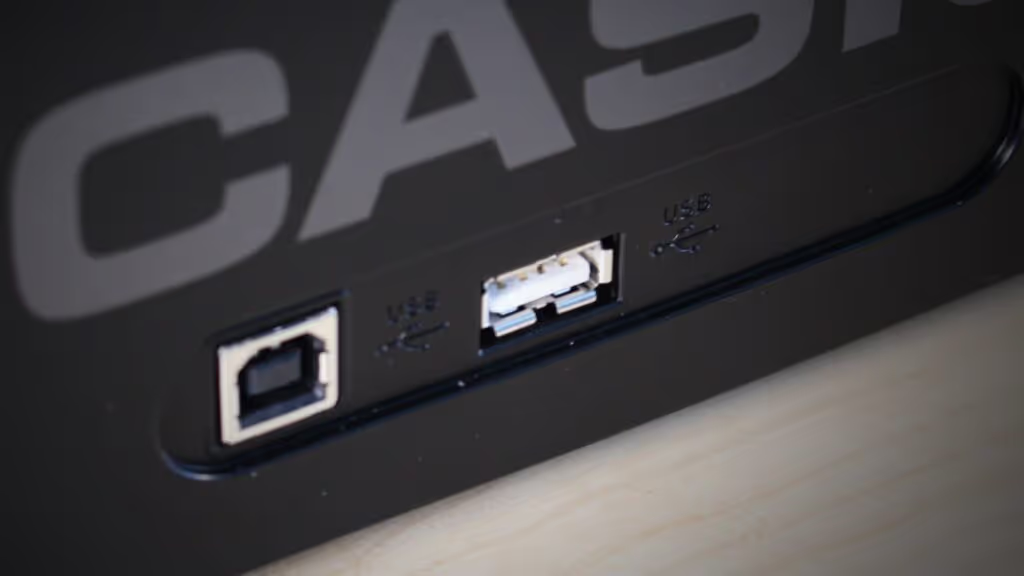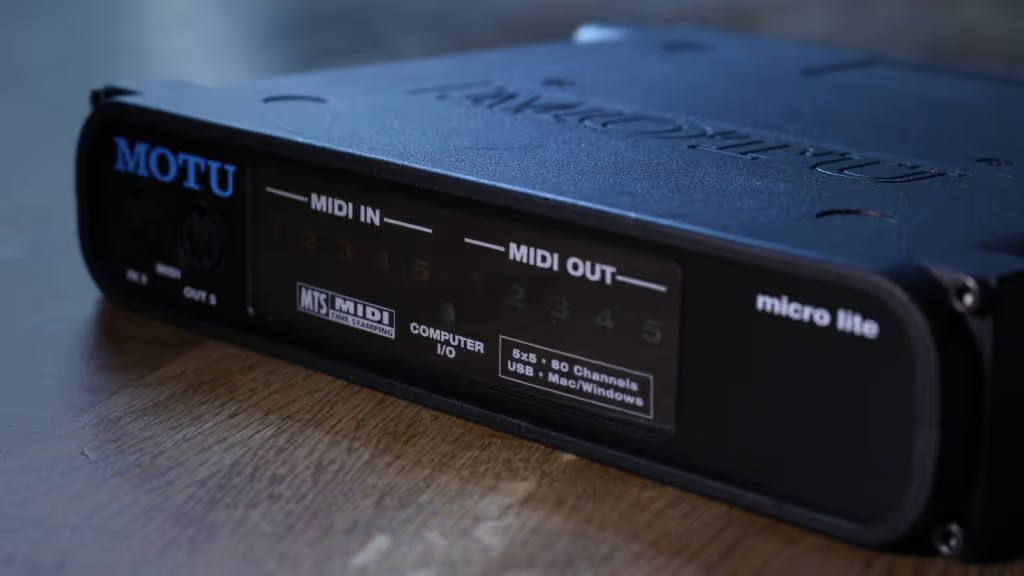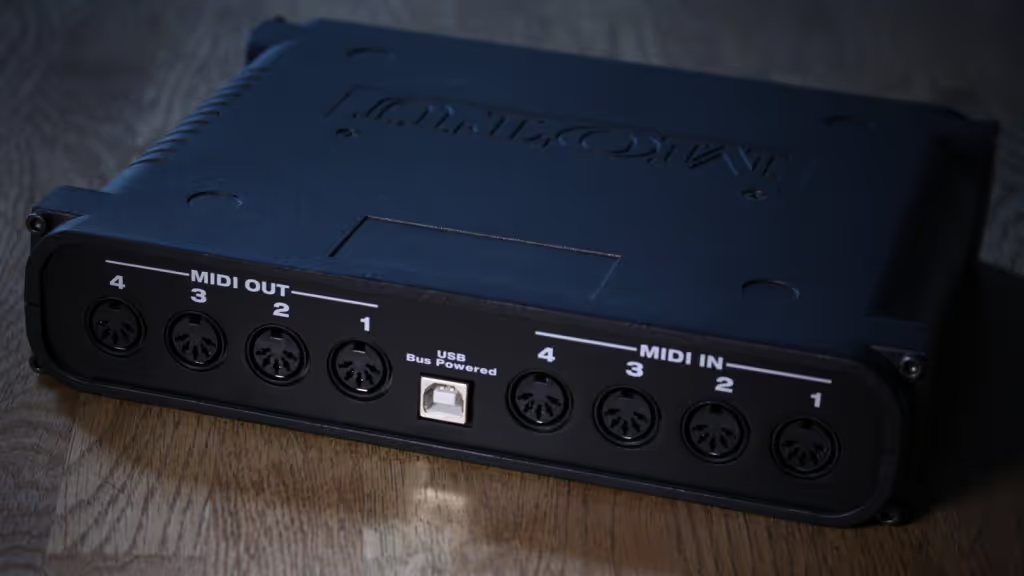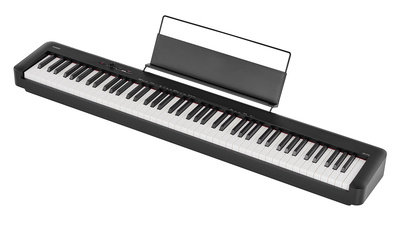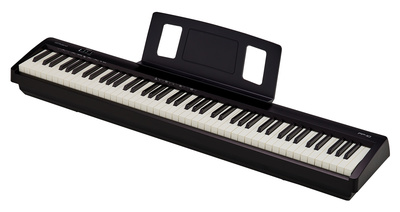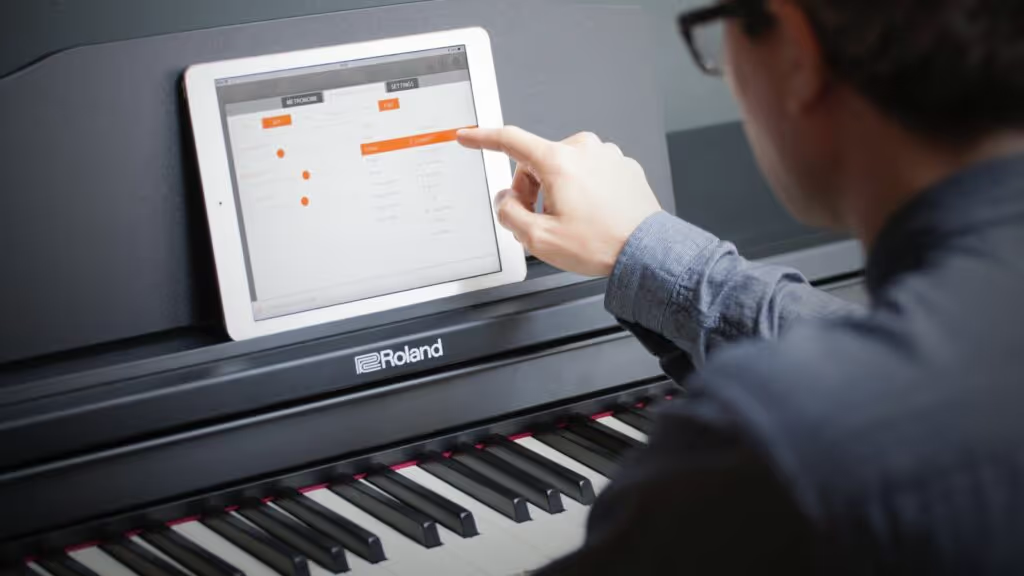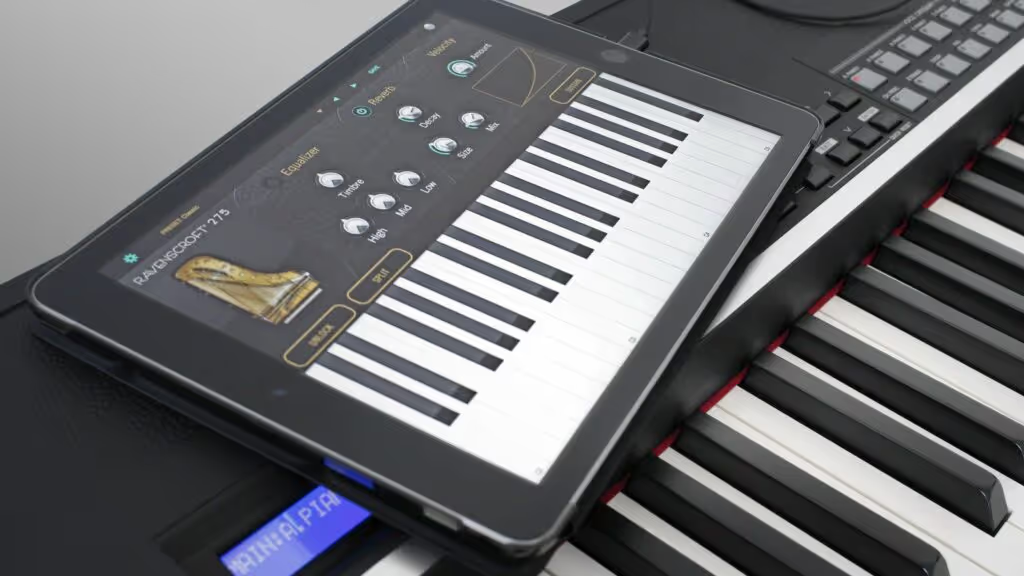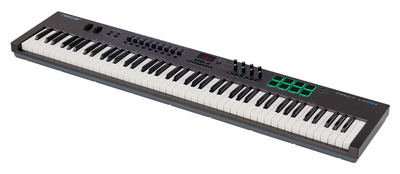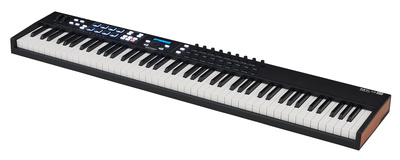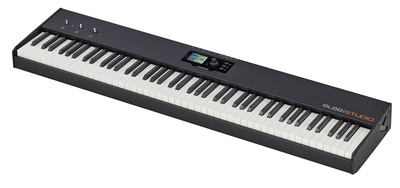USB, MIDI, or Bluetooth – which is better?
While all options technically work well, directly comparing the different connection possibilities is actually quite difficult. Furthermore, it mainly depends on the equipment of your digital piano and your audio PC. While Bluetooth MIDI generally works well from version 4.0 onwards, always keep the system latency of Bluetooth in mind here.
When playing software instruments, you must also take the audio PC’s system latency into account. This is the delay in the audio output caused by the digital signal processing in the audio PC. A few milliseconds of delay should be the maximum, otherwise, the software piano will become unplayable.
Even more latency!
Bluetooth MIDI only makes sense if you don’t want to give up the convenience of a wireless connection. Otherwise, Bluetooth-MIDI has no advantages over USB-MIDI (!). The system latency of Bluetooth is small but noticeable when playing a software instrument. Since it increases the system latency of the audio PC, it is better to use the USB connection. Data transfer is lightning-fast and reliable.
The slight delay with Bluetooth MIDI is hardly a problem when working with a music notation program, for example when entering notes via a MIDI keyboard. A Bluetooth audio connection can have an even higher latency because it handles much more data than a Bluetooth MIDI connection. This makes it impossible, for example, to play a digital piano using Bluetooth headphones.

